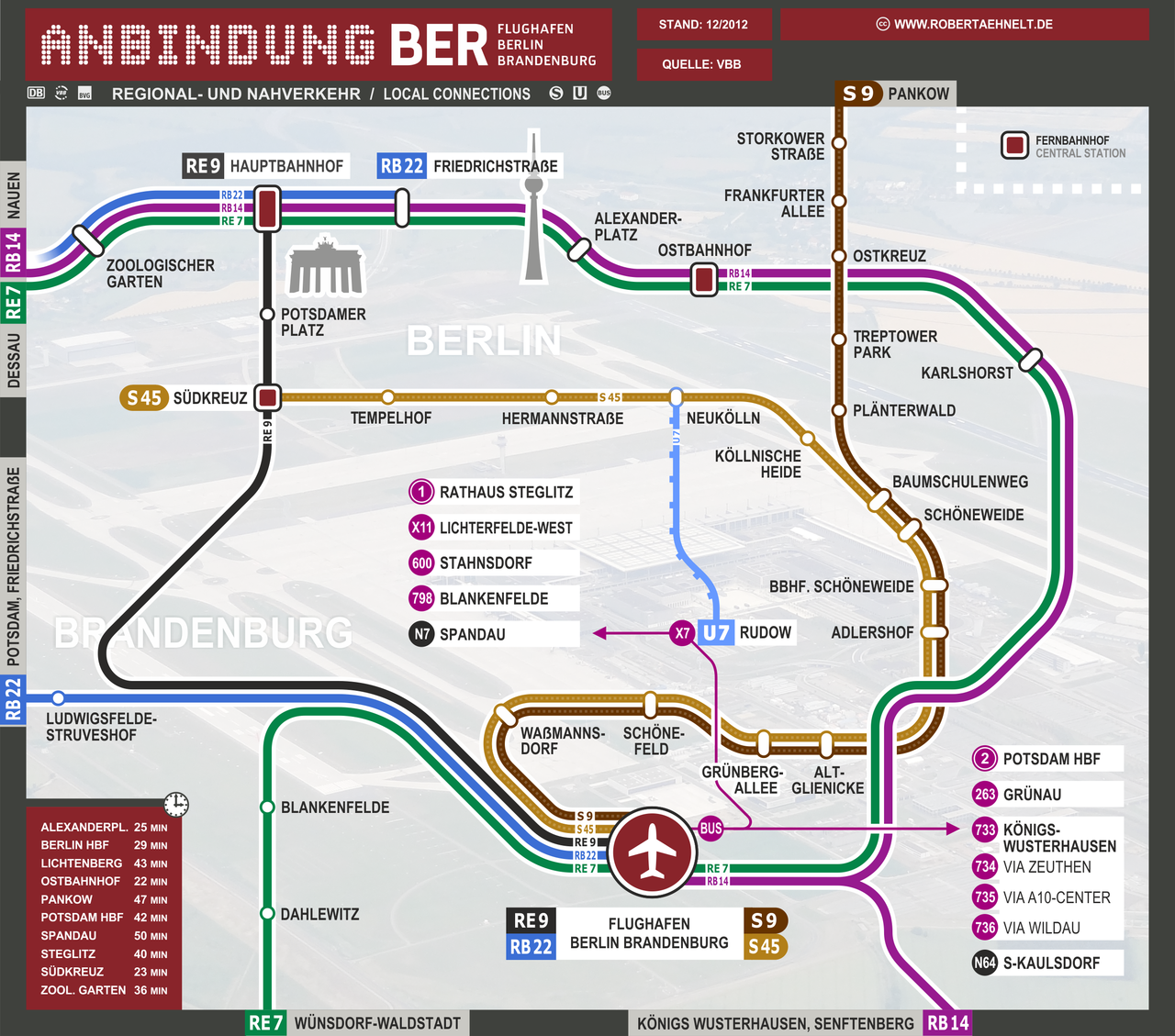In our increasingly fast-paced world change management is not just a buzzword but a true necessity. Being able to perceive the driving factors for necessary change outside and within a system are the base for successful strategies to cope with these changes.
Initiating and accompanying change processes in all levels is requires excellent communication between all parties involved. Because basically humans linek to resist change and stay with their trained habits.
So the sooner all stakeholders are gathered around the same table and jointly advise on the upcoming transformation the better those results will be.
Definitions Change management
Traditionally, change management involves the collection, documentation, approval and monitoring of a desired reorganization or reorientation of a system or a company. But especially in large companies and corporations it is mainly due to bad communication and often untimely communication structures again and again to data and information loss.
As a result, changes do not run as planned, efficiently, cost-effectively, and with minimal risk, but end in disaster. Negative examples from the field of architecture here are the Berlin Airport, Stuttgart 21 or the Elbphilharmonie.
Poorly prepared M & A processes often produce disastrous results and the hoped-for synergies in uniting departments often cost more power, time and energy than they should actually save. This is where our communication seminars, which we offer in cooperation with external specialists, help. For initial planning steps, I also offer the moderation of “phase zero” exploratory and idea generation workshops in a team with external employees.
Scrum, agility and phase zero
The need for change has produced a variety fo strategies in different professional fields. Yet all of them stress the importance of transparent processes in decision making.
Urban planners and architects work in one of the most demanding and complex areas of change. In the past decade when large building projects are started which will effect the community it has proven to be invite everyone to a series of round-table discussions. This phase is being called “Phase Zero” since it precedes the classical designing “Phase 1” in a construction process.
In an IT surrounding Scrum or Agile Copaching are work processes which adapt to fluid and fast creation processe. It is an excellent example for a result-oriented change management culture.
(This page was last updated on May 1, 2018.
If you discover any content-related mistakes or typos feel free to contact me at info@eis-coaching.com.
I apologize for the fact that not all subpages of this site are available in English)

